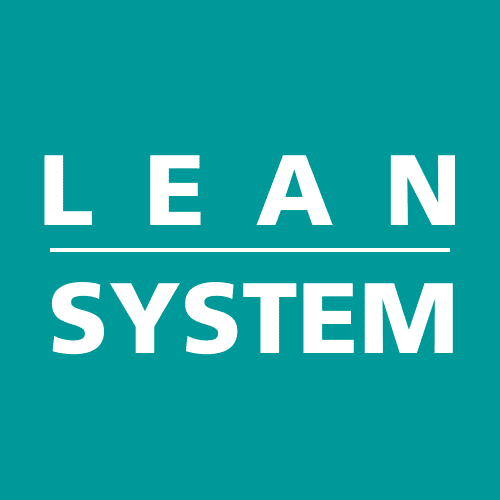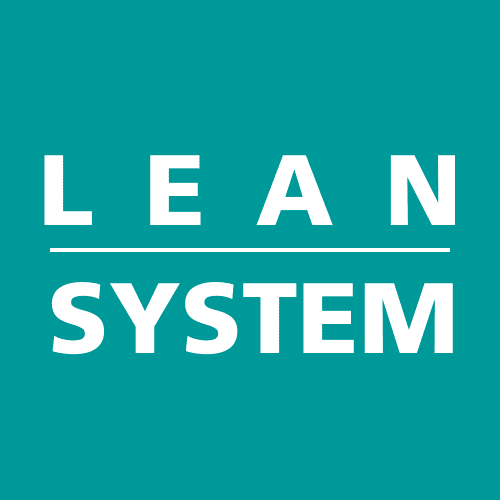What are Quality Objectives?
Quality objectives are specific, measurable, achievable, relevant, and time-bound (SMART) goals that an organization sets to improve its QMS performance. These objectives should be aligned with the organization's overall goals and should be relevant to the customer's requirements and expectations.
Why are Quality Objectives important?
Quality objectives play a vital role in an organization's QMS as they provide a roadmap for achieving the desired results. By setting quality objectives, an organization can:
Focus on continual improvement: Quality objectives help organizations focus on improving their QMS performance and achieving their overall goals.
Align with customer requirements: Quality objectives should be relevant to the customer's requirements and expectations, which ensures that the organization is delivering products and services that meet customer needs.
Measure performance: Quality objectives should be measurable, which helps organizations track their QMS performance and identify areas for improvement.
Monitor progress: Quality objectives should be time-bound, which allows organizations to monitor their progress towards achieving their objectives and take corrective action if necessary.
SMART Quality Objectives
ISO 9001:2015 requires organizations to establish quality objectives that are SMART:
- Specific: Quality objectives should be specific and clearly defined to ensure that everyone understands what is expected.
- Measurable: Quality objectives should be measurable, which means that they should have a quantifiable target that can be measured and tracked.
- Achievable: Quality objectives should be achievable and realistic. Setting unrealistic objectives can demotivate employees and hinder progress.
- Relevant: Quality objectives should be relevant to the organization's overall goals and customer requirements.
- Time-bound: Quality objectives should have a specific timeframe for completion. This helps organizations monitor progress and take corrective action if necessary.
Examples of Quality objectives
Quality objectives can vary depending on the type of organization and its specific goals. However, here are some examples of quality objectives in manufacturing industry.
- Improve product design and development process: The engineering industry can set an objective to improve the product design and development process by reducing design errors, shortening design cycles, and improving customer satisfaction.
- Reduce product defects: An objective to reduce product defects can improve product quality, reduce rework and warranty costs, and increase customer satisfaction.
- Increase efficiency in production process: An objective to increase efficiency in the production process can lead to reduced lead times, increased productivity, and cost savings.
- Improve supplier quality: An objective to improve supplier quality can lead to better quality raw materials and components, improved product quality, and fewer product defects.
Conclusion
Quality objectives are an essential component of an ISO 9001:2015 QMS. They help organizations focus on continual improvement, align with customer requirements, measure performance, and monitor progress. By setting SMART quality objectives, organizations can improve their QMS performance and achieve their overall goals.

